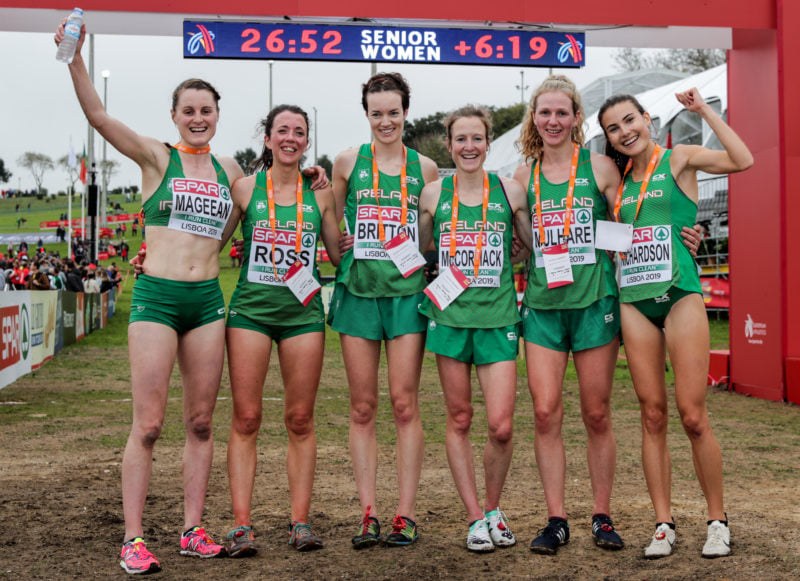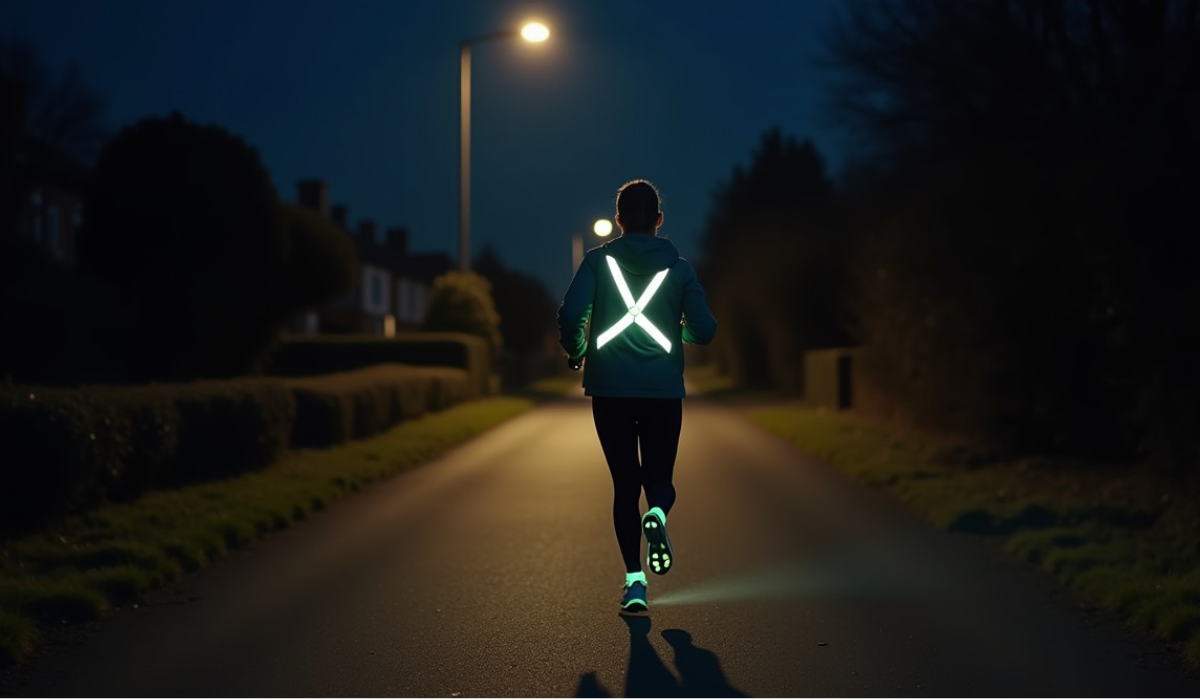Don't Let Your Mind Ruin Your Day

October 16, 2023

The dictionary definition for the word ‘paranoia’ includes the phrases “unjustified suspicion,” “mistrust” and “delusional belief.” As we are fast approaching the 2023 Dublin City Marathon, many runners will begin to experience these thoughts. Yes, we are entering the Maranoia phase of the training cycle.
Maranoia will strike us all at some point, and the reasons can be varied. By its very nature the taper will produce some of these feelings. We are expected to believe that reducing our training is going to make us better rather than worse? Impossible!
“What about the 10km easy run I missed due to sickness three weeks ago, surely I need to make up for that?!”
Your two-week taper can easily descend into solitary isolation style breakdowns if you are not careful. We end up with a lot more time on our hands with less training, so thoughts can run wild.
Another common issue during this time is the injury maranoia. As a physiotherapist as well as a running coach, I see this a lot. A recent study (Madsen et al 2022) showed that highly anxious runners took three months longer than low-anxiety runners to resume training after injury. But these were actual injuries. The aches and pains felt during the taper are often nothing more than the physical manifestations of the mistrust and delusional beliefs noted above.
However, they feel real. Very real. Too real. Marathon-ending real. I had an all-too-real maranoia injury experience while preparing for the Valencia marathon in 2018. The four months of training building up to the event went very smoothly. Most of the training runs were ticked off, I set a half marathon PB two months out, and the long runs all passed without incident. Then, about three weeks out from the race, I went for a run and felt an immediate sharp pain in the shaft of 4th metatarsal bone in my left foot – a line of pain lighting up the entire bone as if it was on fire. Pain is common in marathon training, and not always a sign of an injury, so at first, I didn’t panic. Give it a day or so, and try again. But as the next couple of days went by, even walking was painful. Pretty much every step, all day long. I had enough physiotherapy experience to know that it was a bone injury, during peak marathon training, in a lightweight runner (who looking back was probably not fueling their training enough). That is enough to cause alarm bells in our profession. Stress fracture.
Strangely, it wasn’t the disruption to training I was concerned about. It happened one week before my taper was due to start. Bar one missed week of quality training, the hard work had been done. And I could still cross-train. The issue was travelling to a race abroad that I might not be able to participate in, with my family having already booked flights and accommodation to support me. That gave me sleepless nights – not a good recipe for marathon preparation. So less than a week out from race day, I was in pain when walking, unsure if I could run, and telling my family to cancel their flights. The race was on a Sunday morning, so I decided to do a test run on the Friday evening. It took 2km for the pain to come on, and by 4km I had to stop and walk home. I decided 100% not to take part. But we were all going to go for the holiday regardless. I took one last look at the race route that night, saw that it returned past the start/finish area at the 10km mark, and decided to throw my running gear in the suitcase just in case.
When we landed, something switched in my mind. I was still sore walking, but had committed to the ‘start and drop out at 10k if its not going well’ mentality. This was due to be my second marathon, the first in Dublin the year before completed in 3:13. Sub three hours had become the dream but even without this injury, that jump would be too much in one go. Setting a new PB was the original aim, but now completing it became the only goal, and that felt like it required a miracle.
Race morning came, and I tried to act normal and block out the problems. We walked the twenty minutes to the start area, a slight discomfort flickering in my foot. I didn’t even bother with a warm-up. The 10km point didn’t seem realistic at this point.
And then, the race started. No pain for the first few strides. I assumed it would arrive within a couple of kilometres as per my test run. But the kilometres ticked by and still nothing. Even better, I was able to run at my target pace as I had completed most of the training, so the fitness was there. At 10km there had not even been a single jolt of discomfort, so I pushed on. The next best drop-out spot was at 21km, so getting there was the next target. As the confidence built up, I finally began to enjoy the race, with the sun starting to beat down. Halfway passed without pain. Finishing was now a realistic prospect. At this point I made peace in my head with the likely prospect of being in real pain after the race and maybe needing multiple weeks off running afterwards. There had to be some payback for what was happening. As I got into the final 5km still going strong, I knew I was well inside my previous PB but too far off a sub-three attempt, so rather than push all out I took the opportunity to soak it all in. The finish area at Valencia is incredibly unique, where you run on blue carpet above a large water-feature pond, so you feel as if you are running on water!
My feeling of disbelief at the end cannot be described. Just over three hours earlier I had no expectation of crossing the finish line. Now I had a marathon PB. Despite doing other more prestigious events in quicker times, that particular post-race feeling will always be hard to beat. After finding my parents, we sat down for beer in the sunshine. I expected not to be able to stand up again afterwards. But when the time came, save the standard marathon soreness, my foot was fine. Zero pain. The next day was the same. We walked a lot as tourists do, and still nothing. I returned to running a week later, no problems. The last time I was aware of that pain was in the starting pen. Before that it had been with me for three weeks, night and day.
How do I make sense of that? Pain is always real, but it is interpreted in the brain. So, my foot was healthy, but the signalling to my brain went awry. Badly. And it caused huge anxiety, which in turn amplified the pain signals. The human body is amazing but infuriating in equal measure. I had ‘won’ by just being able to cross the start line, so the brain and body finally decided to work in tandem again.
The moral of the story is that bad things can happen during the taper. Pain or doubt can present itself, and fear about not hitting your goals can dominate your mind. If you are in pain, you should seek the advice of a healthcare professional. More often than not, all you will need is the reassurance that there is no serious injury, and that you are suffering from a classic case of pre-race maranoia. Don’t let your mind ruin the months of hard work and effort that got you to this point.
**Always seek the assistance of a trained healthcare professional if you believe you are suffering from a running related injury

 Run Ulster
Run Ulster


